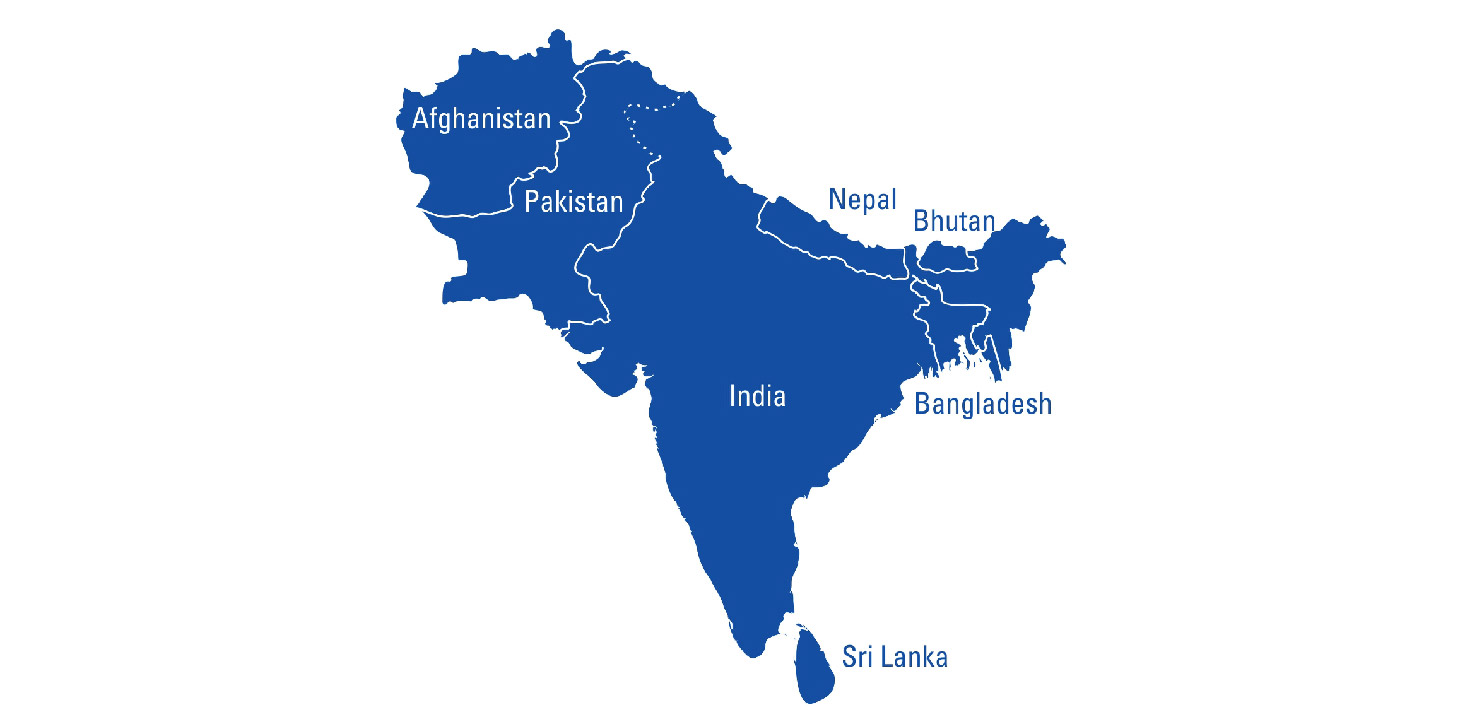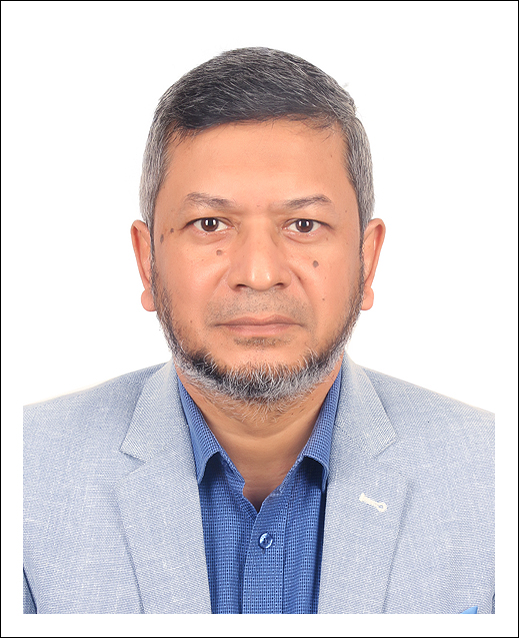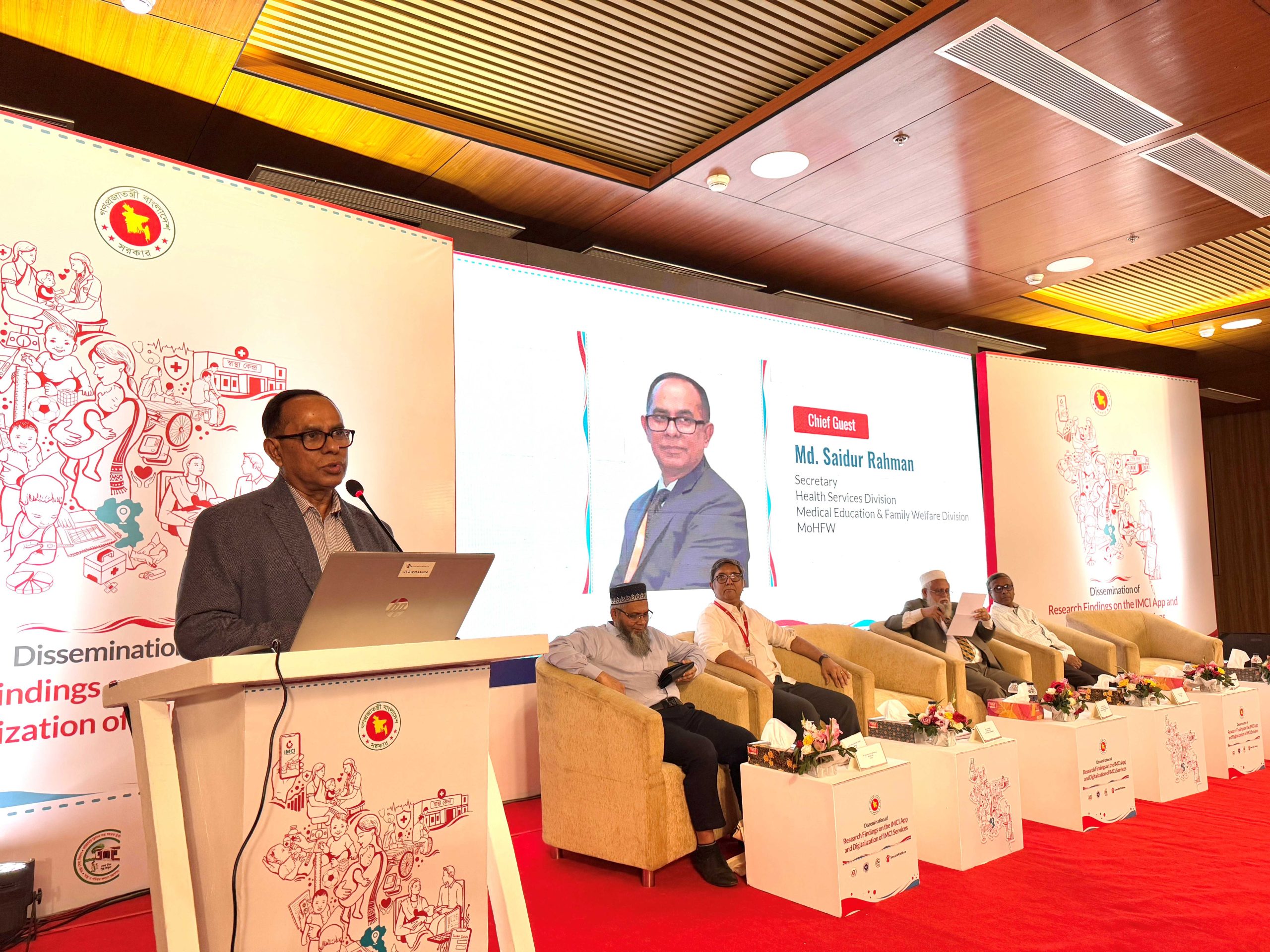Will an Economic Community turn things around?
By Ashik Chowdhury
The Association of Southeast Asian Nations (ASEAN) is heading for forming an Economic Community by 2015. In its immediate neighbourhood, the South Asian Association for Regional Cooperation (SAARC) is struggling for making headway towards greater cooperation. While ASEAN is marching forward with economic development and regional integration, the SAARC nations are yet to break the mental barriers to establishing connectivity among themselves.
Before looking into the comparative facts and figure of the two groups in furthering regional connectivity and integration, the charter of the South Asian Association for Regional Cooperation (SAARC) needs rereading. Established in 1985, SAARC in its charter included that the objectives of the Association shall be:
1. Promoting the welfare of the peoples of South Asia and to improve their quality of life;
2. Accelerating economic growth, social progress and cultural development in the region and providing all individuals the opportunity to live in dignity and realising their full potentials;
3. Promoting and strengthening collective self-reliance among the countries of South Asia;
4. Contributing to mutual trust, understanding and appreciation of one another’s problems;
5. Promoting active collaboration and mutual assistance in the economic, social, cultural, technical and scientific fields;
6. Strengthening cooperation with other developing countries;
7. Strengthening cooperation among themselves in international forums on matters of common interests; and
8. Cooperating with international and regional organisations with similar aims and purposes.
The eight major objectives of the currently eight-nation (Bangladesh, Bhutan, India, the Maldives, Nepal, Pakistan, Sri Lanka and Afghanistan) regional group do not have any direct reference to the objective that relates to establishing, maintaining and improving cooperation covering the area of intra-regional trade and connectivity. However, it is obvious that some way or other the specific one is implied among the eight major objectives. In other words, the ultimate goal of the SAARC charter is to establish a regional connectivity to shore up trade, businesses and investment among the member countries. The connectivity through road, rivers and railways is perceived as an economic necessity and constitutes a part of the service industry during the days of globalisation.
The size of the economy of SAARC group is the 3rd largest in the world in terms of GDP (gross domestic product) in the scale of PPP (purchasing power parity) after the United States and China and the 8th largest in terms of nominal GDP. SAARC nations comprise 3% of the world’s area and in contrast have 21% (around 1.7 billion) of global population.
Now, the question arises about the achievement of the SAARC in its near three decades of existence. There are some noticeable progresses in establishing the belief among the member states that stronger connectivity is crucial for this region’s robust economic growth and therefore achieving political stability. There is also visible headway in steering a solid initiative to establish new and upgrade the existing physical connectivity among the Southeast Asian nations.
In particular, Bangladesh has long been trying to have a road connection with Nepal and Bhutan through Indian Territory and eventually with Kabul through Pakistan. But the initiative got headwind from Pakistan at the 16th SAARC Summit at Thimpu, Bhutan when the country refused endorsement of the Motor Vehicles Agreement, which would provide connectivity between Dhaka and Kabul crisscrossing the region.
Beyond SAARC, Bangladesh is also collaborating with an initiative establish an economic corridor to have land connectivity with China, India and Myanmar. The idea was mooted by a group of economists in Dhaka in 1999, which is known as ‘Kunming Initiative’. Since then, the idea has been moving forward though at a snail’s pace.
The most recent update of the initiative is the first meeting of the joint survey team of the four nations, which was held in December in Cox’s Bazar. The team assessed that there would be need for an investment of around of $22 billion for establishing the economic corridor. The corridor would also strengthen the connectivity among the SAARC group.
Apart from these initiatives and some signs of achievement, the success of SAARC falls far behind the achievement of another regional group – Association of Southeast Asian Nations (ASEAN). It was established in 1967 as a five-nation group of Indonesia, Malaysia, the Philippines, Singapore and Thailand. Later it became a 10-nation group with inclusion of Brunei, Cambodia, Lao, Myanmar and Viet Nam.
As far as connectivity is concerned, ASEAN made significant progress in its nearly 50 years of journey. With effective initiative of ASEAN leaders, the group has succeeded in establishing an intra-state and regional connectivity with a combination of roads and air networks.
Currently, Thailand, Malaysia and Singapore are connected through the North South expressway. There is a similar link road to connect Myanmar, Thailand and Cambodia. Most of the capitals of the ASEAN states are also connected with each-other by direct flights.
Unlike ASEAN group, SAARC has so far established very limited indirect land routes in operation between India and Pakistan or India and Sri Lanka. Single transit routes connect Petrapole, India to Benapole, Bangladesh. Bhutan and Bangladesh are connected through Phuentsholing, Bhutan, Jaigaon and Changrabandha, India and Burimari, Bangladesh. Nepal and India are linked by border towns of Birgunj and Raxaul. The Kabul-Pakistan highway connects Pakistan and Afghanistan.
Direct flight connectivity in SAARC is also minimal. For instance, there is no direct flight between Dhaka and the destinations including Colombo, Male and Kabul.
The comparison clearly displays a large disparity between the Cross Border Integration (CBI) of SAARC and ASEAN. Experts believe that ASEAN advanced more than SAARC in CBI mainly because of its massive intra regional trade, which drove its members to soothe out their trade barriers by the existing zero tariff regimes among most of its members including the original five members and Brunei. Some effective initiatives such as the ASEAN Transport Action Plan 2005-2010 also facilitated its members to establish new roads and air networks and upgrade the existing ones. Resultantly, the group is advancing at comfortable pace to fulfill the ambition of forming an Economic Community by 2015.
SAARC leaders in different summits recommended addressing the CBI and the regional multimodal transport to link its member states through various corridors, but the progress towards achieving the target was so far slower than it should be.
The major hindrances to making progress include inadequate rules and regulations for crossing the borders, lack of formal transit agreement at regional level or bilateral level, lack of better political trust and understanding and skepticism about benefits of the regional link like transit.
The Asian Development Bank (ADB) approved a loan for the SAARC corridors under the Asian Highway Network project, but the pace of progress to implement the project was incredibly slow. The intra-SAARC trade is still remained at low, which was among the major causes of low intra-regional connectivity. Some recent steps of SAARC members, however, raise the hope of better regional integration in the near future. For instance, Bangladesh is trying to sell seaport services to Bhutan, India and Nepal, which would not only generate more income for the country, but would also be immensely helpful for expediting regional trade, business and investment. The $1 billion soft loan from India to Bangladesh was also a significant gesture to improve transport infrastructure of Bangladesh, which would eventually create a favourable condition to boost economic relations among SAARC members.
The SAARC leaders at the 14th summit in New Delhi, India declared 2010-2020 as the ‘Decade for Intra-regional Connectivity in South Asia’. The 17th summit in Addu, the Maldives called for ‘Building Bridges’, and the latest 18th summit in Kathmandu, Nepal was themed on ‘Connectivity for Shared Prosperity’.
At the Nepal summit, SAARC leaders reiterated that better connectivity including highways, bridges, communications, power grids, information ways, greater exchanges and improved visa regimes and most important mental connectivity are prerequisites to stronger regional integration for sustainable growth. Despite the realisation and the efforts to some extent, South Asia still remains the least integrated region in the world.
For establishing greater connectivity in SAARC region, experts suggested on many occasions that the member countries should solve their bilateral issues, promote intra-regional trade and make efficient use of private resources available. An action plan with a realistic timeframe for completion of CBI should also be set to speed up the connectivity process. Besides, the SAARC leaders should think about the prospect and the benefit of better connectivity to take the regional connectivity to the level that former Indian prime minister Dr Manmohan Singh once thought of: ‘I dream of a day … one can have breakfast in Amritsar, lunch in Lahore and dinner in Kabul.’ It was not only Dr Manmohan, over 100 years ago Lord Curzon too dreamt of a route connecting Bangladesh with Myanmar and China.















